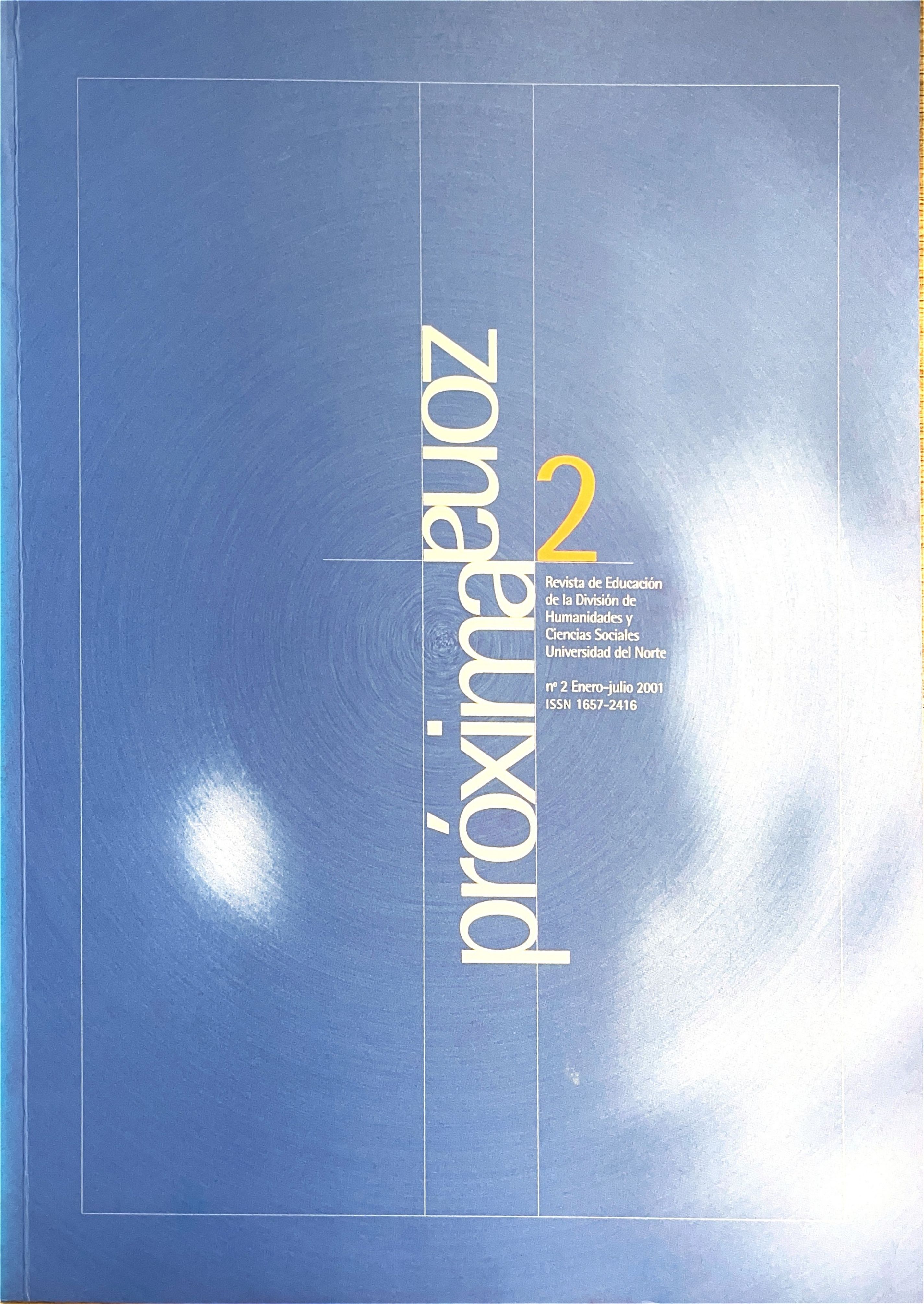Resumen
This paper analyses the effect of using e-mail-based activities on EFL learning processes for developing writing and reading skills and enhancing metacognitive strategies. Our goal is to determine whether there is improvement in these skills and whether there is a change in their attitudes, beliefs, and motivation towards learning. Nowadays, there is a growing interest and motivation in using these activities for complementing the content of regular courses but, the questions are" will students enhance their learning through them? Will they become more autonomous and responsible for their learning process? Little research has been conducted to verify whether the use of these computers – based resources affect English learning positively. Therefore, we are currently carrying out a research on the systematic use of E-mail services in the EFL c1assroom to determine whether there is a significant improvement in the development of the writing and reading skills in English and whether there is a change in their attitudes, beliefs, and motivation towards learning.
Citas
ASSCHE, F.van (n.d./1998)
The Web for Educational institutions project p.www document. URL http://wfs.eun.org./aboutjcontext/wfs/projectframe.html.
ATILSEN, Claudio
Pontifida de Santafé, Argentina. 1998. azen@satlink.com
BELlSLE, R. (n.d./1996)
E~mail Activities in the ESL Writing Class p.NININ documentJ. The Internet TESLJournal, 2(12).URL http://wvvw.aitech.ac.jp/- iteslj/ Articles/Belisle
(1996)-Email.html.
BERGE, Z. & M. Collins (1995)
Computer-mediated communication and the online c/ossroom in distonce leaming. Cresskill, NJ: Hampton Press.
CERVANTES, Marcos
En «Tecnologías para el mejoramiento de la educación universitaria», Memorias del Simposio sobre tecnologías educativos realizado en la
Universidad del Norte, 1997. Colombia. Ministerio De Educación Superior
Ley 115 De 1994: Ley General de Educación / Ministerio de Educación. Santafé de Bogotá: El Ministerio. 140 P.
FRIZLER,K. [a.k.a. Frizzy] (1995, December 6) The Internet as an Educational Tool in ESOL Writing Instruction r:NNW document]. Unpublished
Master's thesis, San Francisco State University. URl http://thecity.sfsu.edu/-funweb/thesis.html
FOLKMANI5, J. A. (n.d./1998)
Technology, the World~Wide-Web and the School 'INWW documentJ. URL http://wfs.eun.org/aboutj context/wfs/technoframe.html.
GRAUS, Johan
An Evaluation of the Usefulness of the Internet in the EFL Classroom, 1999 http:/home.plex.nl/jgraus.
GREY,D. (1999)
The Internet in School. London and New York: Cassell.
HAWORTH, W. (1995, July 6)
World Language pages rvvvvw document].
URL http://www.lívjm.ac.uk;language/.
LEE, E.K. (n.d./1998)
Using E-mail in EFL Writing C1asses fYV'N'N
document]. The Internet TESL Journal, 4(11). URL
http://www.aitech.ac.jp/-iteslj/Techniques/leeEmailWriting.html
LEE, Kuang-Hu (1999)
Energizing the ESL/EFl Classfoom Through Internet Activities. The Internet TESL Journal.
LElOUP, J.w. & R. PONTERIO (1995)
«Basic Internet Tool5 for Foreign language Educators». In M. Warschauer (Ed.), Virtual Connections: Online Activities & projects far Networking Language Learners. Honolulu, Hl: University of Hawaii PreS5.
-(1996)
«Choosing and Using Materials fer a 'Net' Gain in
Foreign language Leaming and lnstruction». In v.a.
Levine CEd.), Reaching Out to the Communities We
Serve. NYSAFlT Annual Meeting Series, 13: 23-32.
-(n.d./1998)
Internet Technologies for Authentic Language
learning Experiences [fvV'JW-document]. URl
http://www.cal.org/ericcll!digest(1eloupOl.html.
MUEHLEISEN Victoria
Institute of Language Teaching, Waseda University (Tokyo, Japan): Una presentación realizada en: Basics and Beyond conference en Chubu University, Nagoya, Japón, mayo 31,1997: URL:
http://www.waseda.acjp/faculty/96050/indexe.html.
NAGEl, P.s.
Email In The Virtual Esl!Efl Classroom. The Internet Teslloumal Http://Aithech.Ac.Jp/lteslj/Articles/Nagel-EmaiI.Html.).
RICHARD5, J.C and T.5 ROGER5 (1986)
Approaches and Methods in Language Teaching: A description and Analysis. Cambridge University Press.
ROGER, C. (n.d./199B)
(omenius likes the Web [fvV'JW document]. URl
http://wfs.eu n.org/ about( context/wfs/
comeniusframe.htlm.


